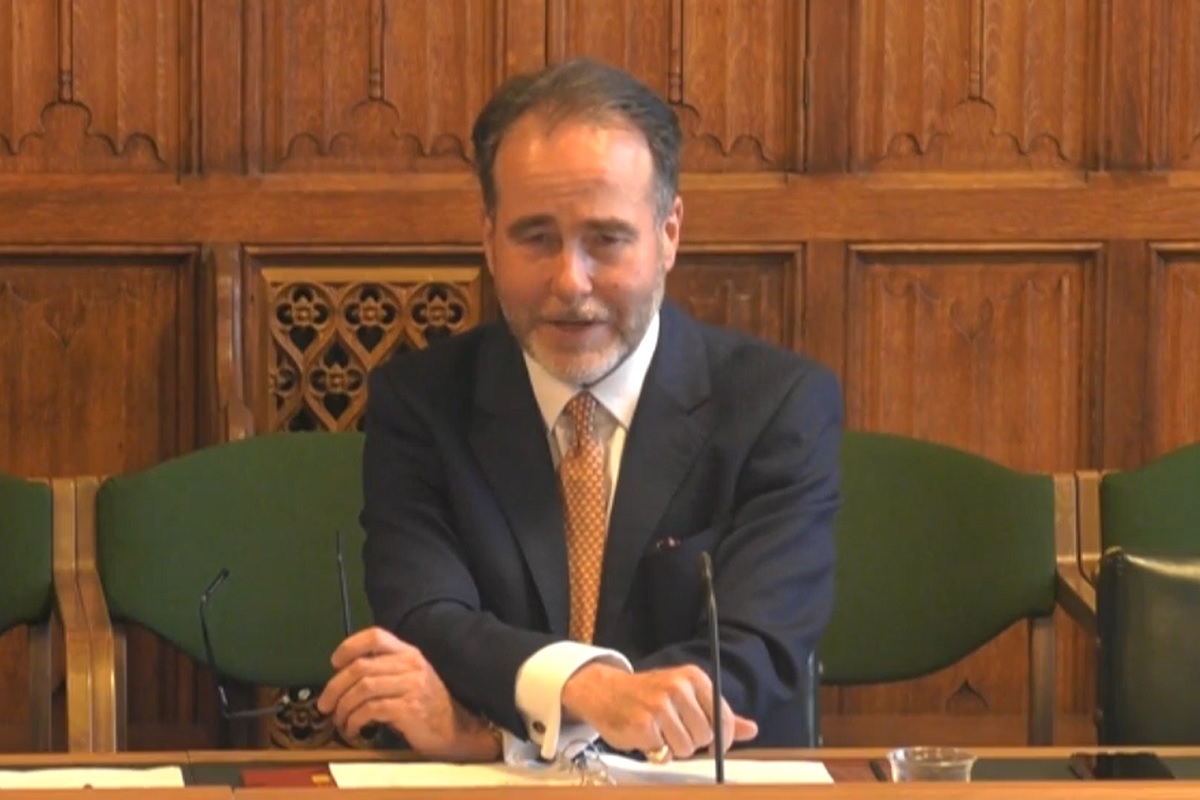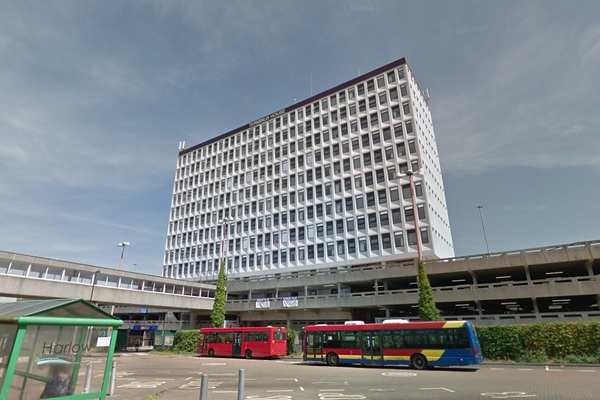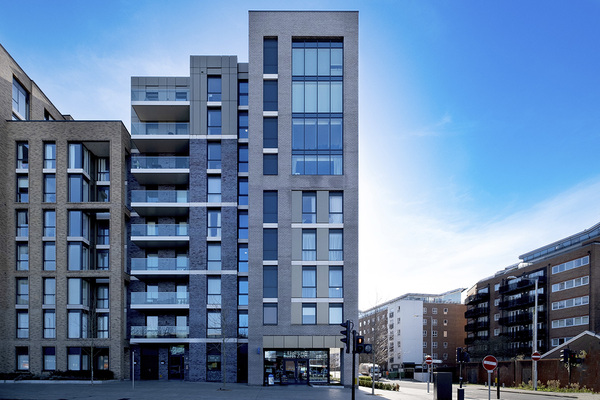You are viewing 1 of your 1 free articles
Permitted development will not be subject to affordable contributions ahead of white paper reforms, says Pincher
The government has “no plans” to make schemes delivered through permitted development rights (PDR) subject to affordable housing contributions ahead of Planning White Paper reforms, Christopher Pincher has said.

However, the housing minister admitted yesterday when giving evidence to the Housing, Communities and Local Government (HCLG) Select Committee that it would “theoretically” be possible to do so.
PDR allows developers to bypass the planning application system on certain schemes, instead only requiring council sign-off through the much less rigorous “prior approvals” process.
Ministers have repeatedly widened the loophole in recent years, most recently to allow most commercial buildings, including shops, banks, restaurants, gyms and creches, to be converted into housing without planning permission.
The government has argued that PDR has successfully delivered 72,000 new homes between 2015 and 2020 that would otherwise not have been built, but the policy has been heavily criticised, especially for delivering poor-quality housing.
Currently, PDR schemes are exempt from the Section 106 and Community Infrastructure Levy (CIL) planning processes, meaning they do not have to contribute towards local infrastructure or affordable housing.
The Local Government Association has claimed that more than 16,000 potential new affordable homes have been unbuilt over the past five years as a result.
In its Planning White Paper published last summer, which set out its vision to completely overhaul England’s planning system, the government proposed making permitted development subject to a new Infrastructure Levy, intended to replace Section 106 and CIL.
At the Queen’s Speech last month, the government pledged to bring forward a Planning Bill implementing the reforms, while it is currently assessing the more than 44,000 responses to a consultation on the white paper proposals.
Appearing before cross-party MPs at the HCLG committee yesterday, which is undertaking an inquiry into PDR, Mr Pincher was asked whether it would be possible to make PDR subject to affordable housing and infrastructure contributions in advance of the bill.
The minister replied: “Well, theoretically we could, we have no plans to do so because, as you say in the consultation that we undertook, we’re looking to see whether PDR developments could be part of the infrastructure levy process.
“We are still working through the proposals trying to make sure that they work, but I’m certainly very keen to make sure that our proposals tabled deliver at least as much affordable property as well as infrastructure as the present system does. So, we’ve no plans to make those changes.”
He added: “It would require some significant change to present legislation and regulations were we to do that.”
Earlier in the session, when asked about mechanisms to tackle poor-quality housing built through PDR, Mr Pincher said: “I think the steps that we have taken thus far, both with respect to adequate natural light in habitable rooms and space standards, demonstrate… our commitment to review policy advances to make they are working as we intend to do, and when the data is available we will then make sure that we’re able to assess what the effect of those changes has been and make any necessary adjustments that are required.”
Last year, the government changed regulations to require new homes delivered through PDR to meet space standards and have “adequate natural light” in habitable rooms, after many cases of tiny flats being delivered, some without windows.
Clive Betts, chair of the HCLG Committee, asked Simon Gallagher, director of planning at the Ministry of Housing, Communities and Local Government, whether councils would be able to refuse permission for a PDR scheme where the only source of natural light was a skylight.
“I don’t want to speculate on it. The way the law is crafted they have to make a judgement on the level of natural light,” Mr Gallagher said.
Elsewhere during the hearing, Mr Pincher remarked: “Some of our reforms will enable housing associations, for example, to more easily – with controls – add to their stock locally so their potential tenants and residents can benefit.”
Sign up for our daily newsletter
Already have an account? Click here to manage your newsletters
Sign up to our Development Summit
Amid the housing crisis and with increasing demands on local authorities, developers and housing associations to deliver more homes, the Inside Housing and Homes England Development Summit brings together the public and private sector to collaborate towards the effective delivery of homes across England.
This is not a conference. It is a business meeting of decision-makers on delivery and how to build more quality homes.
To find out more, click here.













